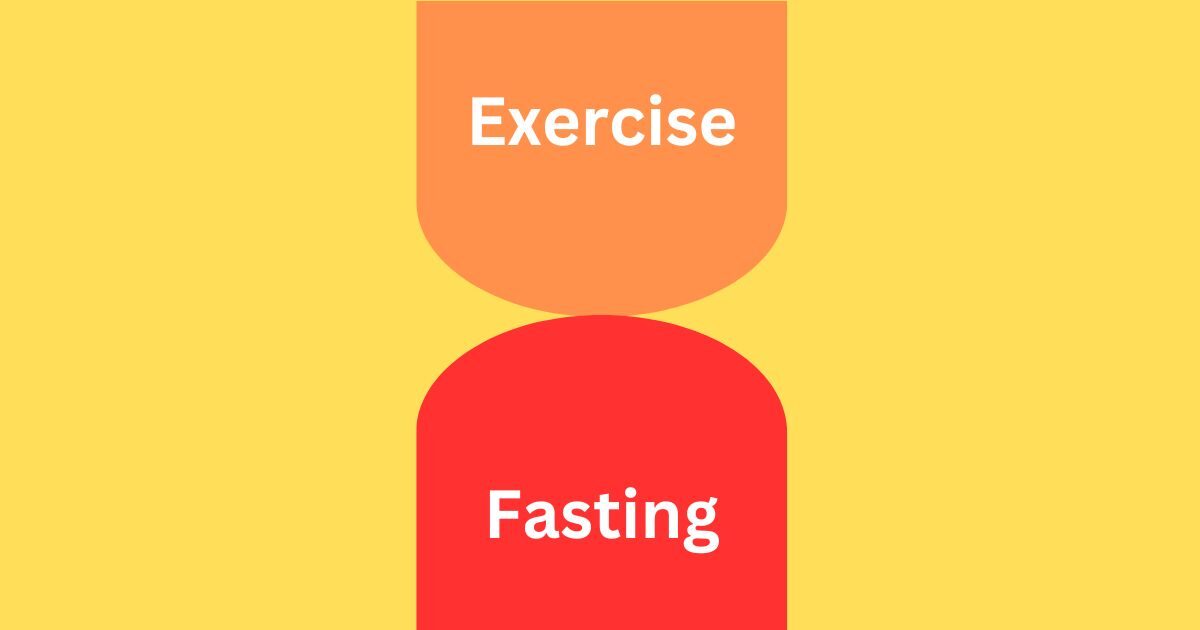Exercise and intermittent fasting (IF) are two classic tools available for people who wish to shed a few extra pounds. Is it possible to combine them together? If it is possible, how can we combine them in an optimal way? This article is an answer to the riddle of combining fasting and exercise.
Before we answer these questions, let us see what research studies say about the benefits of exercising while fasting.
A research study that appeared in 2016 in The Journal of Nutrition and Metabolism found that exercising in a fasted state is effective in losing weight.
Another study published in the British Journal of Nutrition in 2016 revealed that the weight loss benefit of exercising in a fasted state is significantly higher than exercising after a meal.
However, other studies have been less conclusive. For example, in a research study published in 2014 in the Journal of the International Society of Sports Nutrition, a team of researchers revealed pieces of evidence to prove that the weight loss benefits of exercise are the same irrespective of whether you are fasting or not.
Though research is mixed regarding the benefits of workouts while on IF, it is marginally skewed towards the beneficial side. However, experts believe that exercising while fasting in the long term isn’t ideal. It may potentially lead to the slowdown of your metabolism.
From the above discussions, it makes sense to exercise while fasting, at least in the short term. But before you decide, you need to listen to your body. That is super important.
Suppose you have decided to combine workouts with intermittent fasting. Now the big question is how can we combine them in an optimal way?
Remember, after a hard workout, replenishing your body with carbohydrates and protein (ideally within 30 minutes after your workout) is super important for helping your muscles to grow stronger. Otherwise, it is possible that your body may start breaking down muscles to use protein for fuel. It is also important to avoid injury. Therefore, if you want to do HIIT cardio while on IF, it is better to do it closer to when you would break your fast. This is not necessary if it’s a steady-state cardio. For example, if you are trying a slow morning run, you might be able to wait several hours to start eating.
Similarly, if you want to do strength training while fasting, the general advice is that it is better to do it within your eating window so that you have time to recover.
On days you are feeling weak or low in energy, try low-intensity workouts like yoga because low-intensity workouts can be done at any time of the day.
There is no perfect plan that works for everyone. Try to develop your workouts slowly as your body adjusts to the new way of eating.
Don’t forget to hydrate yourself well. If you are doing fasted cardio, you should drink plenty of water before, during, and after the workout. Low-calorie options like coconut water or natural sports drinks will help your body replenish electrolytes without breaking your fast.
You must note one thing: all our above discussion hinges on one mantra – listening to your body. Plan and modify your workouts accordingly. In the case of workouts with fasting, your body is your first consultant. Your doctor comes only second.
If you need a formal intermittent fasting schedule, Eat Stop Eat is a great option. Also read a beginner’s guide to intermittent fasting for weight loss.

